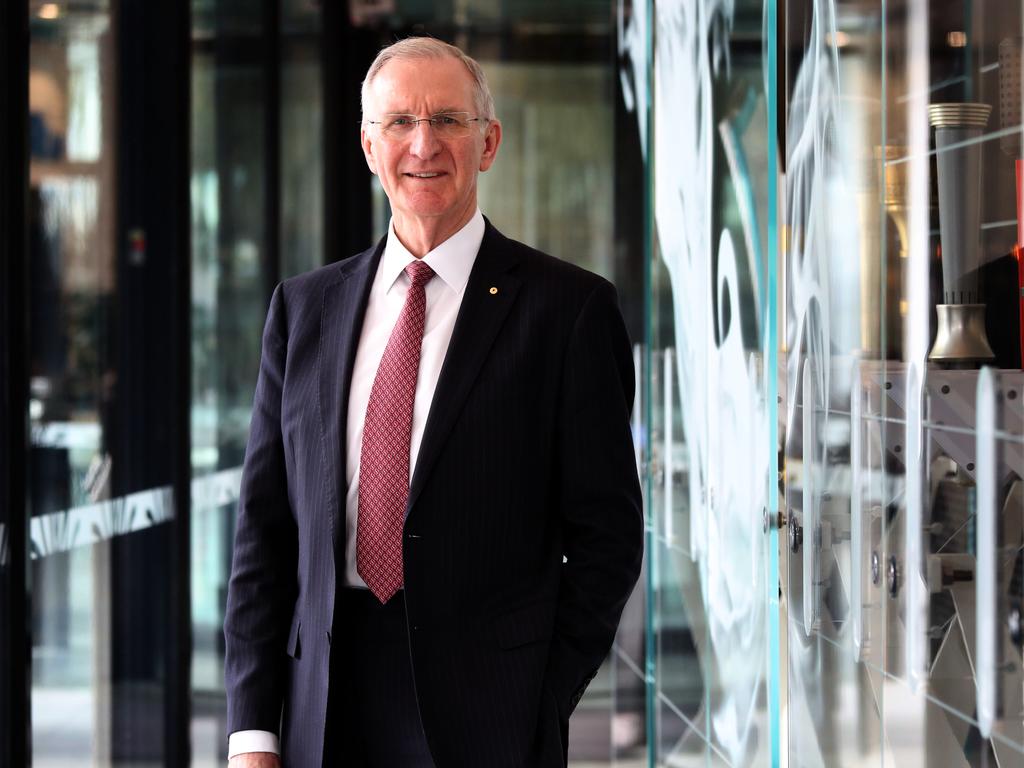Governments face mammoth logistical challenge to deliver COVID-19 vaccine, says DHL
How do we ensure global coverage of a COVID-19 vaccine?

After a successful COVID-19 vaccine is found, governments across the globe will face another massive hurdle — the distribution of about 10 billion doses to all corners of the planet.
DHL, owned by logistics giant Deutsche Post, estimates providing global coverage for a COVID-19 vaccine will require about 15,000 flights and about 15 million deliveries, all under stringent temperature controls of up to -80C.
It means that once a vaccine is fully developed, with vials rolling off production lines, not everyone will be able to be immunised immediately, particularly given global travel restrictions have grounded most commercial passenger flights, which form a key part of freight networks across the world.
“There are no commercial flights, at least no normal flights currently, and it will take some time to get them back,” DHL chief commercial officer Katja Busch said.
“We are completely convinced that once a vaccine is found, each and every airline will be keen on getting planes back into the air to make sure this vaccine is carried around the world. We will get that additional capacity.
“But it will take some time. Even once travel restrictions are lifted, pilots need to go back to training and planes need to go back for tech checks. I’m pretty sure everyone is preparing heavily.”
To this end, DHL has produced a study with McKinsey & Company to help governments and various organisations secure a stable supply chain for vaccines and medical goods during COVID-19, and future health crises.
“The COVID-19 crisis emerged with an unprecedented breadth and impact. It required governments, businesses, and the logistics industry alike to adapt quickly to new challenges,” Ms Busch said.
“As a world leader in logistics, we want to share our experience of operating during one of the biggest health crises in recent history, in order to develop strategies in an evermore connected world.”
Currently, more than 250 vaccines across seven platforms are being developed and trialled. As COVID-19 vaccines have leapfrogged development phases, Ms Busch said stringent temperature requirements are likely to be imposed for certain vaccines to ensure their efficacy is maintained during transportation and warehousing.
She said unlike regular vaccines, which can be shipped between 2-8C, the COVID-19 vaccines under development need much cooler transport requirements, creating another challenge to ensure people living in remote areas are able to access an effective vaccine.
“With this new generation of vaccines where nobody has stability data yet and the producers of these vaccines are trying to be on the safe side and telling us ‘you most likely need to keep these vaccines cold in the range of -80 to -20 degrees’. This is something really new.
“You can do that with dry ice and keep a shipment stable for three to four days, then you have to re-ice it. And we can reach each and every destination in the world with those deep frozen vaccines.”
But Ms Busch said things would be more tricky when the vaccines left DHL’s network, particularly in last-mile delivery to pharmacies and medical professionals.
“The challenge starts at the very, very last mile when we deliver this vaccine to places where there is not a freight (infrastructure) that can display a temperature like that. These are challenges that we need to work together with governments to solve going forward.”
The DHL and McKinsey study says when leveraging existing freight infrastructure, the share of the world’s population with good access to a vaccine only increases to about 70 per cent, reaching a total population of about five billion in about 60 countries.
“Feasibility for supplying substantial parts of Africa remains low due to high outside temperatures and limited cold chain infrastructure. It is therefore important to consider innovative and specialised transportation modes to reach populations in less accessible regions,” the study says.
So far, Ms Busch said global co-operation between governments had been good to help ensure the delivery of medical supplies, which have surged during the pandemic. For example, UNICEF has sourced 100 times more face masks and 2000 times more medical gloves than in 2019.
“To protect lives against the pandemic, governments have moved towards a more active role in medical supply chains. Over the past few months, we have demonstrated that sufficient planning and appropriate partnerships within the supply chain can play a key role as governments work to secure critical medical supplies during health emergencies such as this.”
Ms Busch hopes DHL and McKinsey & Co’s study will help “kickstart the dialogue among the different actors and improve pandemic resilience in medical supply logistics”.
“DHL provides a framework for the co-operation of logistics companies with authorities, politicians, NGOs as well as the life sciences industry,” she said.







To join the conversation, please log in. Don't have an account? Register
Join the conversation, you are commenting as Logout